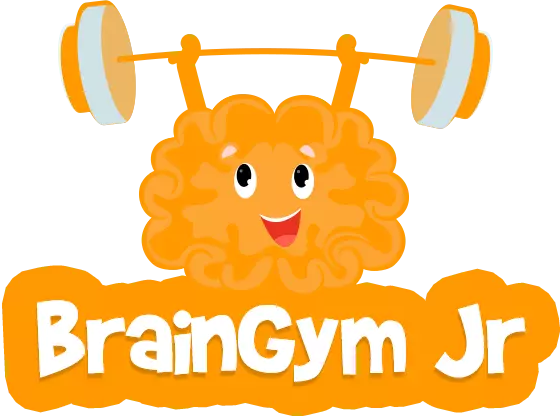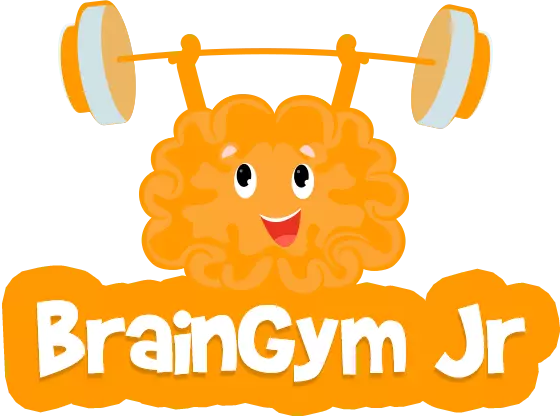Teaching Factfulness to Children Under 12
In an age of rapid information exchange and global connectivity, it's crucial for children to develop an accurate understanding of the world. This is where "Factfulness," a term introduced by Hans Rosling, becomes important. Factfulness is about understanding the world based on factual data instead of misconceptions. Teaching factfulness to children under 12 can help shape their worldview in a way that is optimistic yet grounded in reality. It's about preparing the next generation to navigate a world where information overload is common, but discerning the truth is a vital skill. Below are some creative and engaging ways to introduce these critical concepts to young minds.
1. Simplify Complex Data
Children can easily feel overwhelmed by statistics and large numbers. To simplify complex data, break it down using relatable, everyday examples. For instance, you can use a collection of toy cars or fruit to represent different populations or percentages. If you’re teaching about global wealth distribution, you might use 10 toy cars to represent the world’s wealth, showing that just 1 or 2 cars belong to a small number of people while the rest are distributed among many. This makes abstract numbers feel more tangible and understandable.
2. Use Visual Aids
Visual aids such as charts, graphs, and infographics are essential when teaching factfulness. Children respond well to visuals that break down information in simple, eye-catching ways. Tools like colorful bar graphs or pie charts can explain everything from global literacy rates to environmental changes. Apps like BrainGymJr have excellent resources for this, they provide questions in 16 different formats that help you understand concepts using different approaches. You can also use audio stories and 1-V-1 quizzes to make learning both engaging and educational.
3. Storytelling
Children love stories, and storytelling is a powerful way to explain how the world has evolved. Create stories that show positive changes over time, focusing on topics like education, healthcare, or technology. You can tell them how people lived decades ago without access to clean water or electricity and how things have improved. This provides a narrative that helps them see the world as progressing, rather than simply as a place filled with negative news. Get new, engaging audio stories weekly that help teach children real world concepts here.
4. Interactive Learning Activities
Interactive activities create a hands-on learning experience, which makes factfulness fun and memorable. Create simple games or quizzes that challenge children to guess the right answers to global questions. You could also set up scavenger hunts where they have to find facts hidden around the house. Digital learning platforms like BrainGymJr are excellent resources, offering a range of fact-based learning games that encourage children to think critically while making learning enjoyable.
5. Encourage Critical Thinking
Critical thinking is key to understanding the world factually. Teach children to ask important questions like, "Is this information accurate?" or "Where did this data come from?" This process helps them become better at evaluating what they see or hear, rather than accepting information at face value. Encourage them to seek multiple sources and verify the facts before they form opinions. If they hear a piece of news, ask them how they know it's true. Encourage them to search for evidence or different perspectives to form a well-rounded view.
6. Positive Reinforcement
Children thrive on positive reinforcement. When they accurately identify facts or grasp complex concepts, celebrate their efforts. This motivates them to continue learning and exploring. Whether it’s through verbal praise, a reward system, or simple gestures like stickers and badges, making them feel proud of their achievements will inspire a long-lasting interest in learning about the world accurately. Check out some exciting rewards for children here.
7. Use Real-World Examples
Relating global facts to their daily lives makes the information more relevant and meaningful. Discuss how factfulness applies in everyday decisions, like understanding nutritional facts or how different regions experience weather. This will help children make connections between the facts they learn and their practical applications in life. You can also point out how understanding facts about topics like climate change can inspire them to take small, impactful actions in their own lives.
Teaching factfulness to children under 12 lays the foundation for a lifelong love of learning and critical thinking. By simplifying complex data, using visual aids, encouraging interactive activities, fostering critical thinking, and giving positive reinforcement, you can make this learning experience engaging and meaningful. With tools like BrainGymJr, children can also explore these concepts in fun, interactive ways that solidify their understanding. As we guide our children to see the world clearly through facts, we empower them to become informed, optimistic global citizens.
“The world is better than we think, but it is also more important to understand it as it truly is." — Hans Rosling





